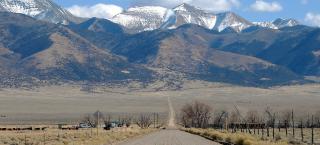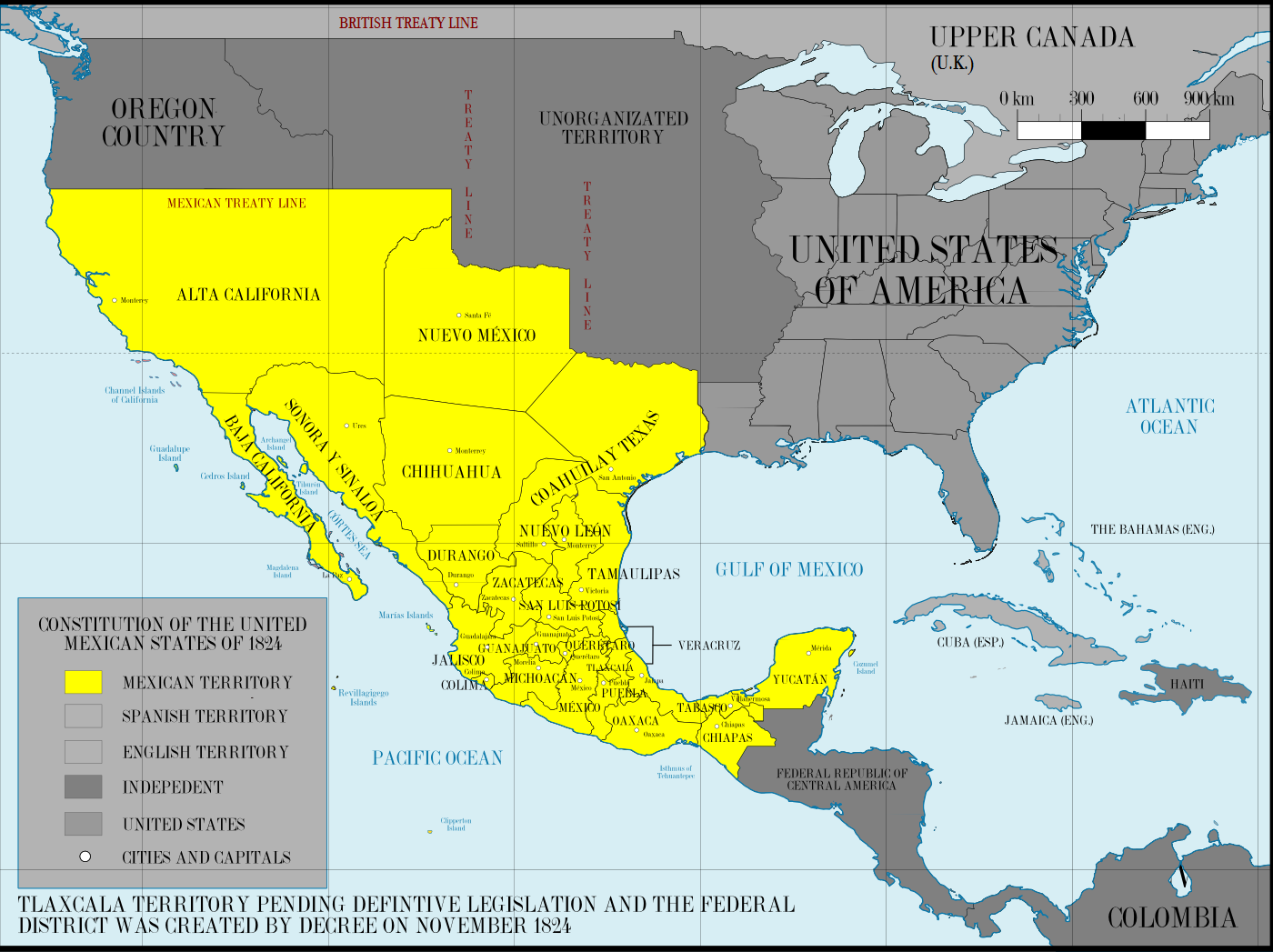
Story
Where is the Oldest Town in Colorado?
A History of Settlement in the San Luis Valley
The question has been asked many times: What is the oldest town in Colorado? But history never has a nice, simple answer. Things are always much more complicated than they seem, and usually trying to find an answer just brings up more questions. But that’s fine! That’s part of what history is all about, and what makes it so fascinating and important.
The fact of the matter is that the “oldest town in Colorado” depends on who you ask, and—even more importantly—how you phrase the question. The first problem with this question is: what defines a town? If by “town” you mean “permanent settlement,” then the oldest such place in Colorado is likely one of the many Ancestral Puebloan sites scattered around the state.
“There are sites in Saguache County on the north end of the San Luis Valley that were likely inhabited as far back as the Late Archaic,” said Dr. Nicholas Saenz, a professor of history at Adams State University. “Ancestral Puebloan sites, like Mesa Verde, in the Four Corners region warrant consideration.”
“Do forts count?” he continued. “If so, there are more recent claimants. Bent’s Fort was probably in operation from 1833 until it was destroyed. Located in downtown Pueblo, the site known as El Pueblo operated from 1842 to 1854, when it, too, was destroyed. But none of these sites were continuously inhabited to the present.”
So if by “oldest town” you mean the oldest still-inhabited settlements, then all of these are disqualified.
If you’re referring to places that still have residents, or the first settlements made by European (Anglo or Hispanic) settlers, or even the first settlements legally recognized by a colonial government, then you have to turn to a specific region: the historic San Luis Valley, in the south-central area of the state.

As this map shows, before the Mexican-American War southern Colorado was part of Santa Fe de Nuevo México, a territory of Mexico. This included the San Luis Valley.
In the first half of the 19th century, the San Luis Valley was a frontier region between Mexico and the United States. What would later become the Colorado Territory was still largely unsettled on either side of the border (which at the time was the Arkansas River, which now flows through Pueblo). However, it was already being explored by both parties for potential settlement. Zebulon Pike made his famous expedition in 1806, and as part of that built a temporary encampment (Pike’s Stockade) in the San Luis Valley.
Starting in the 1830s, the Mexican provincial government in Santa Fe began selling land grants to settlers, with the expectation that they would build permanent habitations in the valley. But for almost two decades, attempts to settle the valley failed repeatedly, in part due to resistance from the local Ute bands.
“There were several attempts to settle the valley,” explained Dennis Lopez, a long-time teacher and professor of history whose specialty is the San Luis Valley and the surrounding area. He taught at the first Chicano Studies program in Colorado, and spent more than eighteen years as an educator. “[The first attempt] was the 1832 Conejos Land Grant, but no settlement was made, so [the land] went back to the Mexican government.”
Lopez is a native of the San Luis Valley, and in fact is a descendant of one of the earliest Mexican settlers to come to the area. Tata Atanasio was one of the first non-natives to farm in the valley, starting to do so in 1847 in an area now called Los Rincones. However, in those first years Tata Atanasio and his family were unable to winter in the valley, and as a result only built temporary structures known as jacales.
“He spent the summer [in the valley] growing his crops, and then went south to Rito in New Mexico,” explained Lopez.
Unfortunately, the early history of the valley is somewhat shrouded in mystery.
“The problem is largely one of sources,” said Dr. Saenz. “Traditional historians base their accounts on written sources. However, written sources are not infallible.”
The first permanent habitations that we know of were built by a man named George Gould (or Gold; spellings vary). He established the beginnings of a village which is now called Costilla, in New Mexico. Interestingly, he did so without any formal approval—the land he settled was owned by Carlos Beaubien, and Gould did not consult him before moving into the valley.
To be fair, Beaubien did not exactly acquire the land legally, either.
“Narciso Beaubien and Stephen Louis Lee were the original owners [of the Costilla Land Grand],” explained Dennis Lopez. But Narciso was only seven years old at the time he was issued the land- he was the young son of Carlos Beaubien. “He got the land by tricking the Mexican government.”
In 1849, three related families by the name of Manzanares came to the valley and (this time with permission from Beaubien) established a small farmstead not far north of Gould’s little village, but just north enough to be located in what is now Colorado. This little farmstead was called La Plaza de los Manzanares (or just Los Manzanares, for short) after the first family to settle there, but its name would later be changed to Garcia, after the man who petitioned the United States government for a post office in the town.
“This was common in those days,” said Lopez. “Post offices were named after whoever signed the request, and then towns were named after post offices.”
The town is still called Garcia today, and is located in Costilla County. (Confusingly, the town called Costilla is located in Taos County, New Mexico.)
Around the same time, possibly in 1849 or 1850, another settlement was being constructed just fifteen miles to the North of Los Manzanares. A group of settlers from Taos traveled there and founded another small farming community called La Plaza Media. Later in 1851, they dedicated the town's church on the feast day of Saint Louis. In commemoration, they renamed their village—and later the entire valley—after their new patron saint: San Luis.
Both towns were being settled around the same time, and due to a lack of historical documentation it is very difficult to say which group of settlers broke ground first. As a result, for many years Garcia and San Luis were the center of some local controversy over which would be formally recognized as the oldest town in Colorado.

“When I was a child, the different towns wanted that claim,” said Dennis Lopez, remembering the controversy. “They were just verbal claims, but it became confrontations and controversy. But that died down, when the state government officially recognized San Luis [as the oldest town].”
While it is difficult to say which town had permanent habitations built there first, it is relatively easy to check official records and documentation. San Luis was officially incorporated as a town by the Colorado Territorial Government in 1852, the first place in the state to receive such recognition.
“Incorporation brings with it a kind of status,” explained Dr. Saenz, “and a notable paper trail.”
Furthermore, San Luis was also the first town to receive official water rights from the territorial government. Between these two methods of official recognition, and with the fact that Garcia has never been incorporated as a town in all 170 (and counting) years of its history, the State of Colorado officially declared San Luis to be the oldest still-inhabited town in the state.
According to both Lopez and Saenz, the controversy has quieted since then, and for most has become more of a local curiosity than a point of fierce contention.
“The overwhelming majority of people recognize San Luis as the oldest town in the region,” said Dr. Saenz. “And there’s a general understanding that all of the Hispano settlements of the southern San Luis Valley are among the oldest in the state. I would argue that claim makes an important statement about the centrality of those communities to the emergence of Colorado as we know it today. It refigures how we think about Colorado history.”
